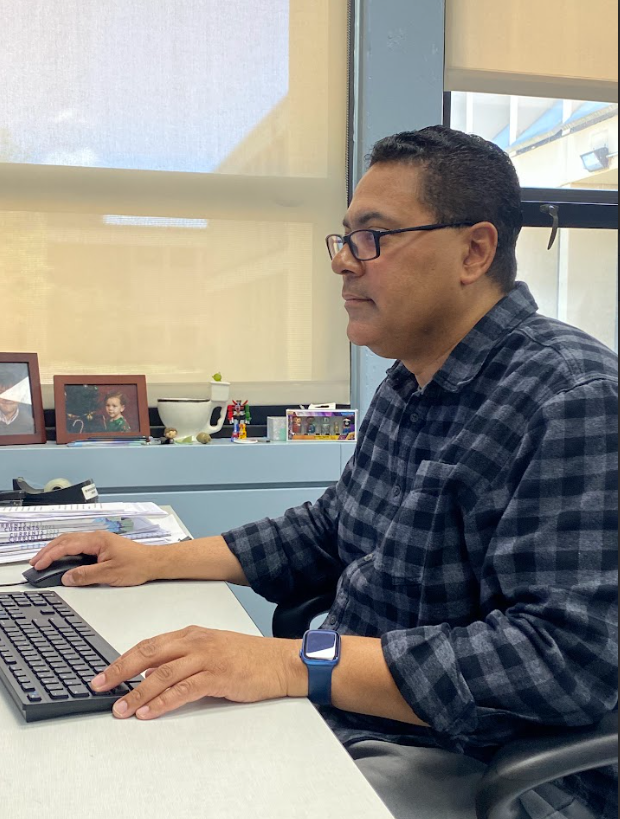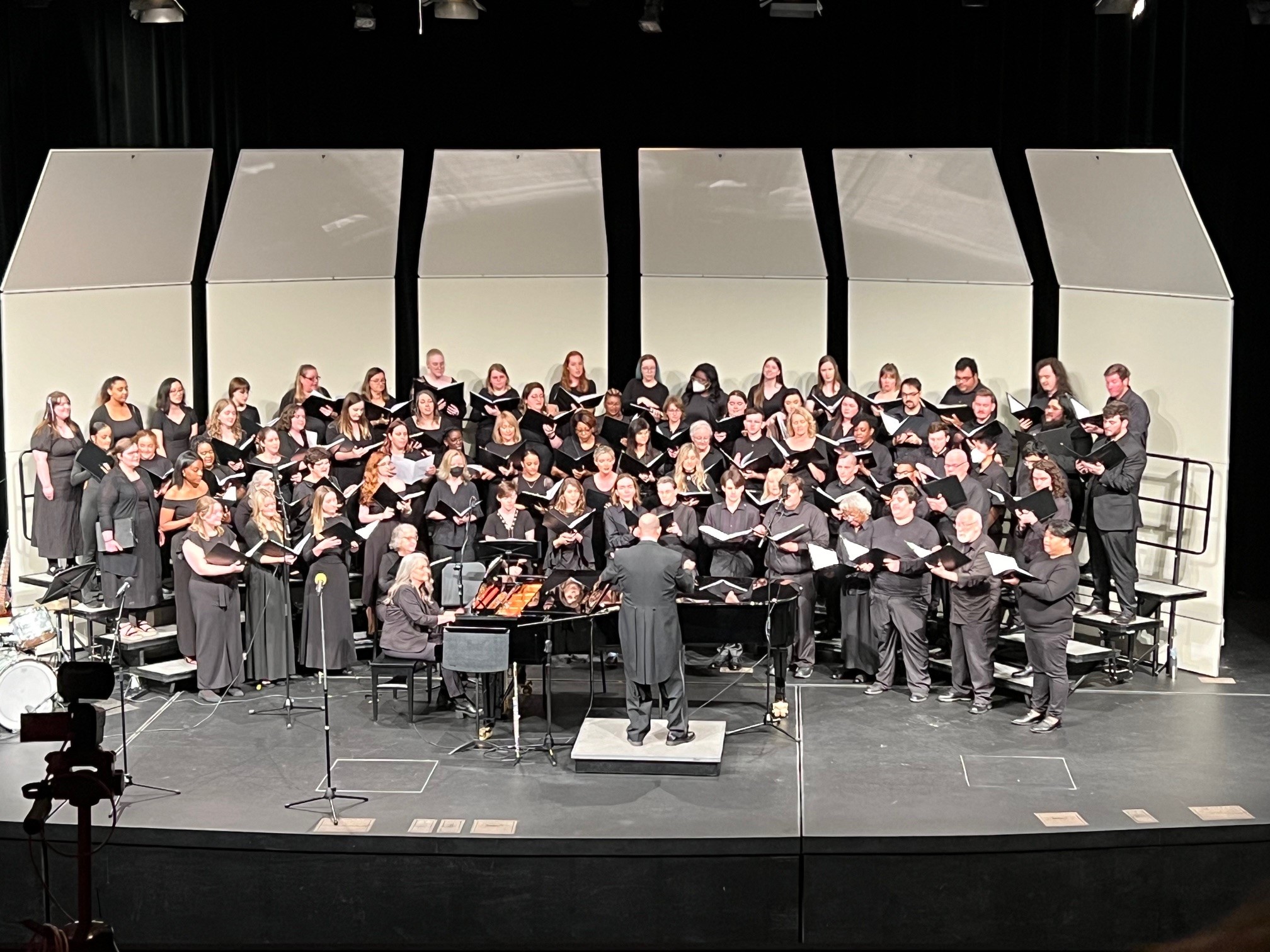The Kemper Museum presents cubism
By: Gretchen Daniels
-Copy Editor-

As in any cultural American city, St. Louis is home to dozens of museums of various focus. Citizens wishing to learn about the history of Missouri, transportation or the Cardinals will find a museum situated in the greater St. Louis area that provides his/her inquiring mind with a wealth of knowledge and exploration. For many college students several of these museums have the added benefit of being free of admission.
The Mildred Lane Kemper Museum Art Museum on Washington University’s campus is one such museum. Opened in 1881, the Kemper houses a permanent collection as well as temporary exhibits. Karen K. Butler, assistant curator, collaborated with The Philips Collection in Washington, D.C., to co-curate the current Georges Braque exhibit.
“The museum has always collected art of its time, and we have a number of significant art works,” Butler said. “We have a number of important Picasso’s.”
The permanent collection features a number of pivotal artists such as Max Beckmann, Jackson Pollack and Pierre-Auguste Renoir. The museum is also home to the Newman Money Museum, which chronicles the history of currency over the centuries and includes a library.
At present, the Kemper is hosting three temporary exhibits that run through April. One of those exhibits displays 42 works from the French painter Georges Braque. A friend and collaborator of Pablo Picasso, Braque created Cubism with Picasso in the early 20th century.
“When we do a temporary exhibition our goals are to produce a scholarly show that is not only relative to the Washington University community but the community at large,” Butler said. “Braque has been over-looked by critics. It’s a period that is really fascinating.”
This exhibit is a collection of Braque’s work from 1928-1945 focused on the time before and during World War II.
“Shows like that often have a thesis. They ask questions about how art is conditioned. Prior and during World War II, what does it take to make a still life during that time?” Butler said. “He used sand and created very textured surfaces. [The paintings] can be very fragile.”
After the George Braque exhibit leaves the Kemper it will travel to The Philips Collection to be displayed from June 8 to Sept. 1.
“The exhibition was co-organized. Working together made it much more successful. It is certainly a benefit to co-curate a show,” Butler said. “There is more impact in who sees the show.”
Going beyond the exhibit itself, the Kemper worked with St. Louis’ independent radio station KDHX to host the Kemper Braque Film Challenge, where local filmmakers made short films based on Cubist principals. These films will be screened at the Kemper on April 12.











